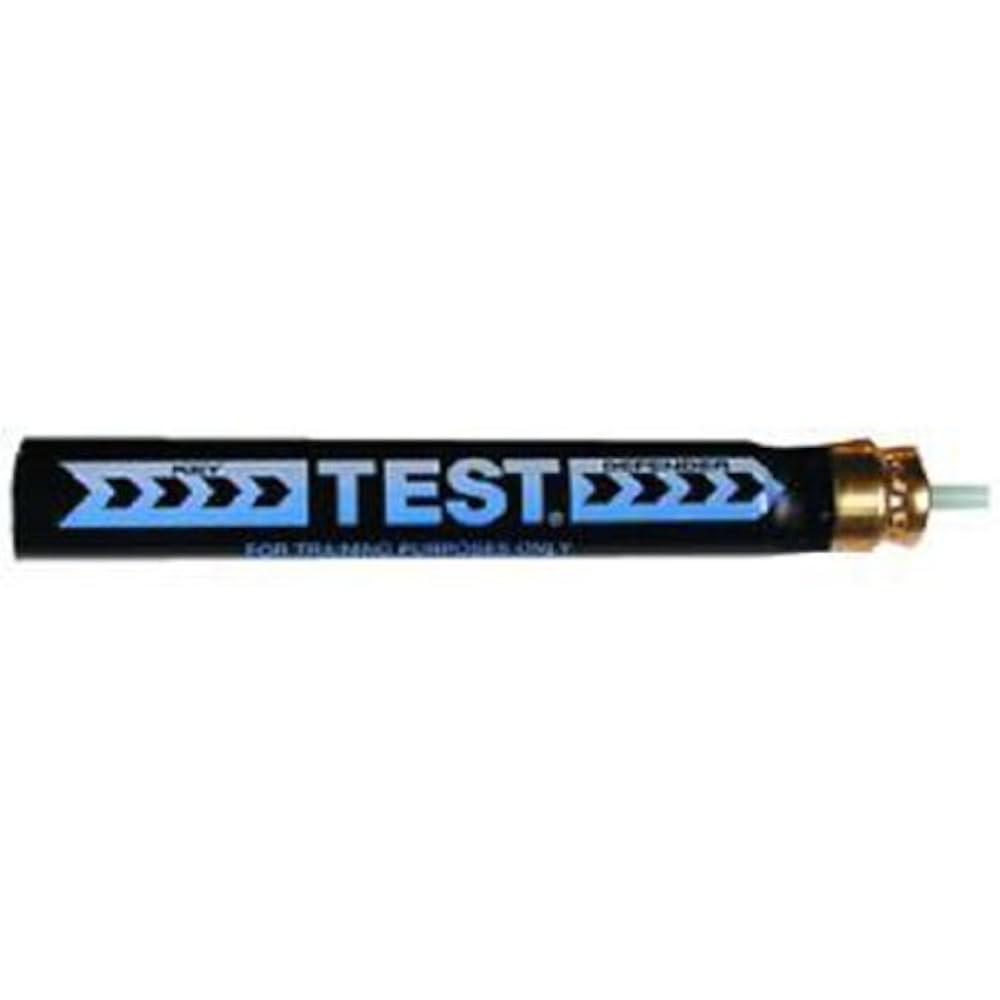Table of Contents
- Understanding the Shelf Life of Pepper Spray and Its Impact on Effectiveness
- Key Signs Your Pepper Spray Needs Replacement for Reliable Protection
- How Environmental Factors Influence Pepper Spray Durability and Safety
- Best Practices for Storing Pepper Spray to Maximize Shelf Life and Readiness
- Concluding Remarks
Understanding the Shelf Life of Pepper Spray and Its Impact on Effectiveness
Pepper spray, like many self-defense tools, has a limited shelf life that directly affects its potency and reliability. Most manufacturers recommend replacing your pepper spray every 2 to 4 years, depending on the brand and storage conditions. Over time, the active ingredients may degrade, and the propellant pressure can decrease, leading to reduced spray distance and intensity. Exposure to extreme temperatures or humidity can accelerate this degradation, making the spray less effective when you need it most. Regularly checking the expiration date and inspecting the canister for signs of rust, dents, or leaks is crucial to maintaining your safety gear.
To ensure maximum effectiveness, consider the following tips:
- Store your pepper spray in a cool, dry place away from direct sunlight.
- Perform routine function tests by briefly spraying in a safe direction to check pressure and spray pattern (consult your product’s guidelines first).
- Replace expired or compromised units immediately to avoid failure in critical situations.
Key Signs Your Pepper Spray Needs Replacement for Reliable Protection
Ensuring your pepper spray is in optimal condition is crucial for effective self-defense. One of the most obvious indicators that it’s time for a replacement is the expiration date. Over time, the active ingredients can degrade, reducing the spray’s potency and reliability. In addition, inspect the container for any physical damage such as cracks, rust, or dents, which can compromise its functionality or cause accidental leaks. Never ignore discoloration in the liquid or a change in odor, as these can be signs of chemical breakdown.
Performance issues are another red flag. If you notice a weak spray pattern, reduced range, or difficulty in releasing the spray, it’s a clear sign that your pepper spray may no longer be dependable. Make it a routine to test the spray in a safe environment or consult the manufacturer’s guidelines for maintenance advice. Keep an eye out for:
- Reduced spray distance or volume
- Difficulty pressing the trigger or actuator
- Leaking or hissing sounds indicating internal pressure loss
Addressing these signs promptly ensures you maintain a reliable line of defense when you need it most.
How Environmental Factors Influence Pepper Spray Durability and Safety
Several environmental factors play a crucial role in determining the longevity and effectiveness of your pepper spray. Exposure to extreme temperatures, whether hot or cold, can alter the chemical composition inside the canister, potentially causing it to lose pressure or leak. High humidity and moisture, especially if your pepper spray is not stored properly, can lead to rusting or corrosion of the container, compromising its functionality. UV rays from direct sunlight may also degrade the spray’s ingredients over time. To ensure safety and efficacy, it’s essential to keep your pepper spray in a cool, dry place away from direct sunlight and avoid leaving it in vehicles or other environments subject to fluctuating temperatures.
Here are some environmental triggers to monitor for optimal pepper spray safety:
- Temperature extremes: Avoid freezing or overheating.
- Humidity & moisture: Prevent rust and corrosion by storing in dry spots.
- Sunlight exposure: Protect from UV degradation.
- Physical impacts: Be mindful of drops or rough handling that can weaken the canister.
Regularly inspecting your pepper spray for signs of damage or leakage, especially after exposure to harsh environmental conditions, will help you decide when it’s time to replace it. Remember, proper storage combined with regular checks ensures your personal safety device remains dependable when you need it most.
Best Practices for Storing Pepper Spray to Maximize Shelf Life and Readiness
To ensure your pepper spray remains effective when you need it most, proper storage is crucial. Store the canister in a cool, dry place away from direct sunlight and extreme temperatures, as heat can degrade the active ingredients and pressure inside the can. Avoid leaving it in vehicles during hot or freezing weather; instead, keep it at room temperature where conditions are stable. Additionally, make sure the container is stored upright to prevent leaks and maintain internal pressure. If your spray comes with a holster or case, use it to protect the unit from damage and accidental discharge.
Regularly inspect your pepper spray for physical damages or signs of corrosion, which can compromise its integrity. Follow these key practices to optimize longevity and readiness:
- Check expiration dates and replace the canister before they lapse.
- Conduct periodic test sprays in a safe environment if recommended by the manufacturer.
- Keep it accessible but secured, so it’s easy to grab during emergencies.
- Label your spray with the purchase date to track its lifespan.
Concluding Remarks
In today’s world, staying prepared is key to personal safety, and knowing when to replace your pepper spray plays a crucial role in that preparedness. Regularly checking expiration dates, inspecting canister integrity, and understanding usage limits can ensure your pepper spray is reliable when you need it most. Don’t wait for an emergency to find out your defense tool isn’t working-make it a habit to review and replace your pepper spray as recommended. Prioritizing this simple, proactive step helps you maintain peace of mind and keeps your safety gear ready for any situation. Stay safe and stay informed!Check Our Other Blogs
- StunGun – Your Trusted Source for Stun Guns, Laws, and Self-Defense Tips
- PepperSprayLaws – Your Trusted Resource for Pepper Spray Information
- StunGunLaws – Your Trusted Guide to Stun Gun Legality and Safety




